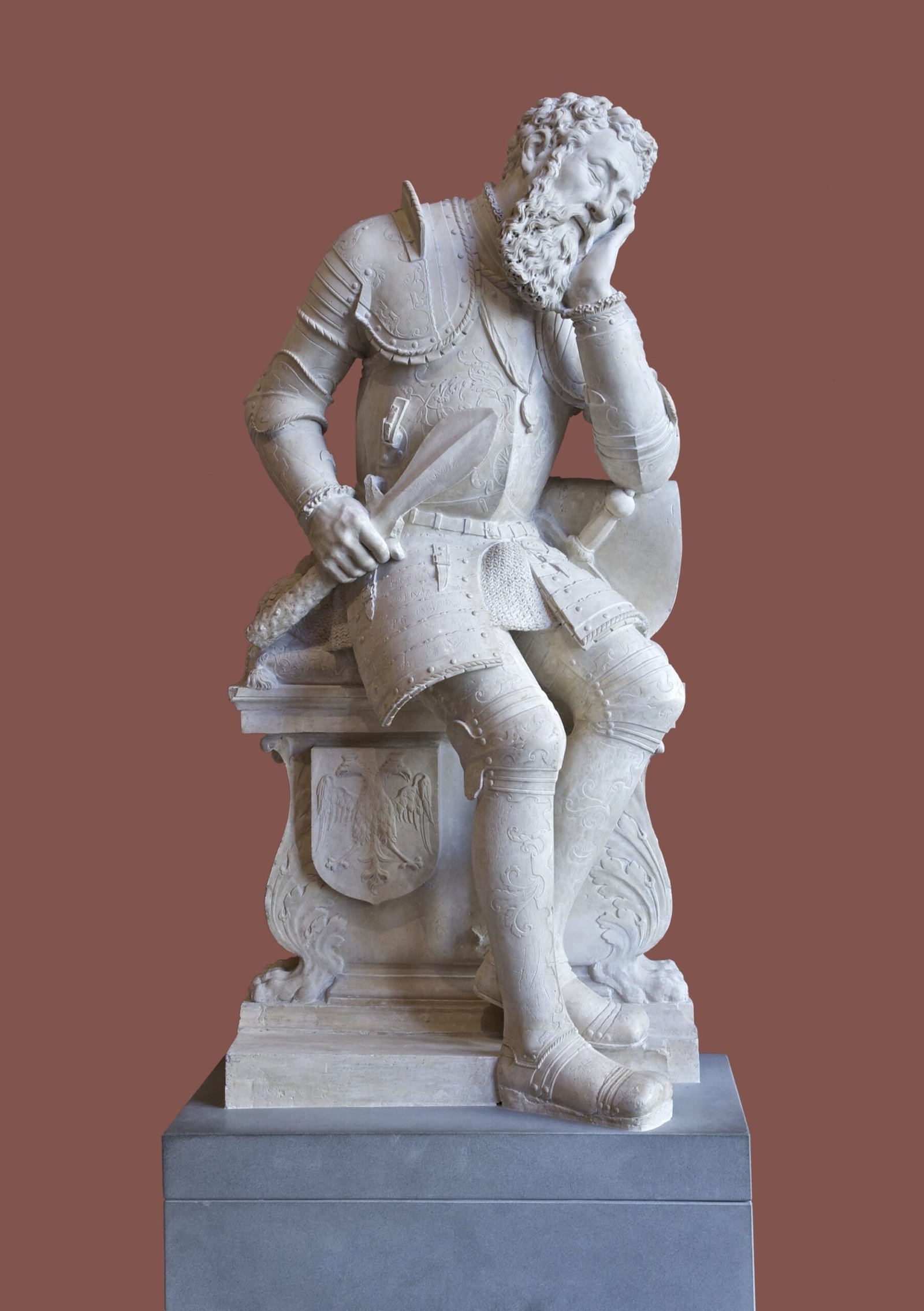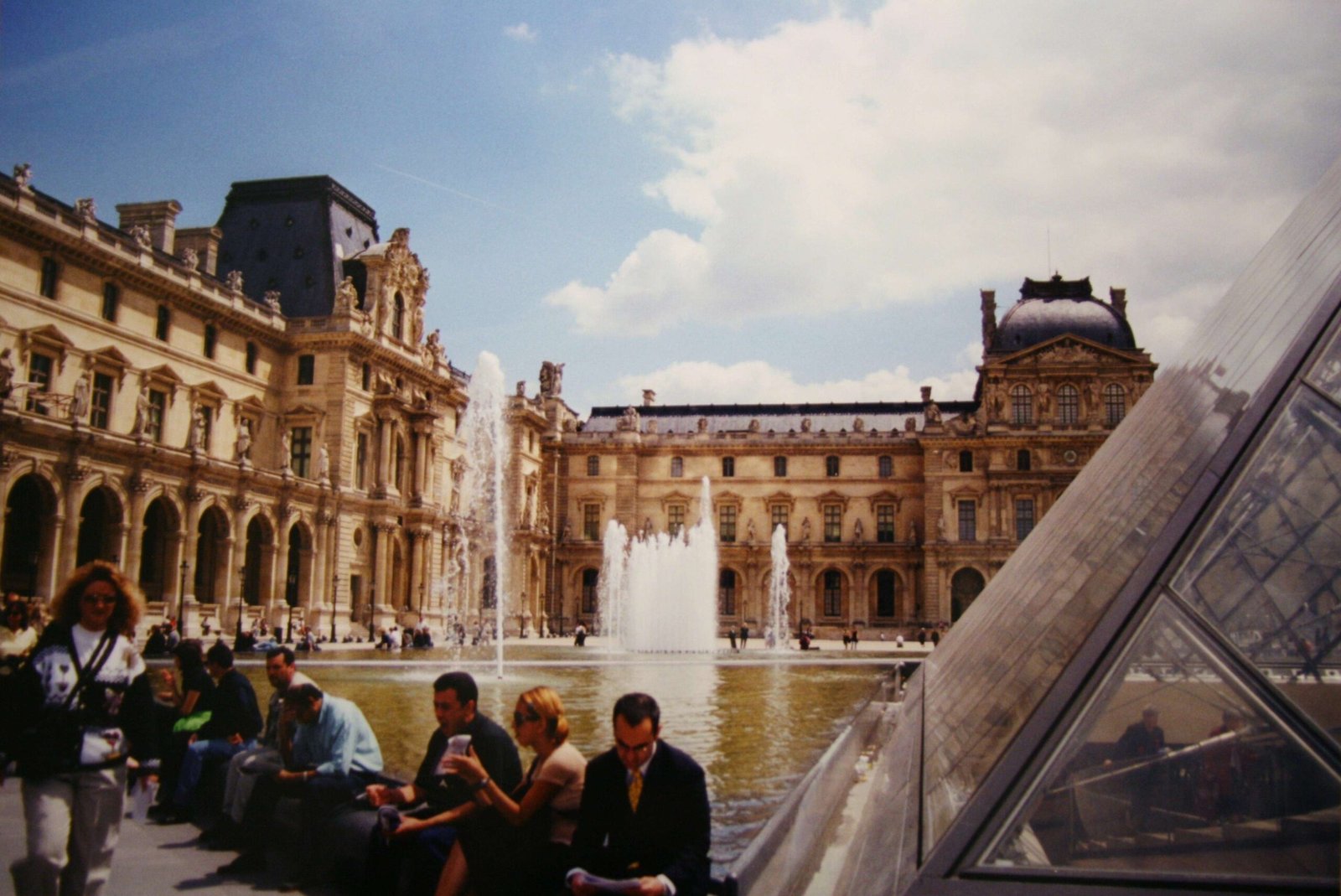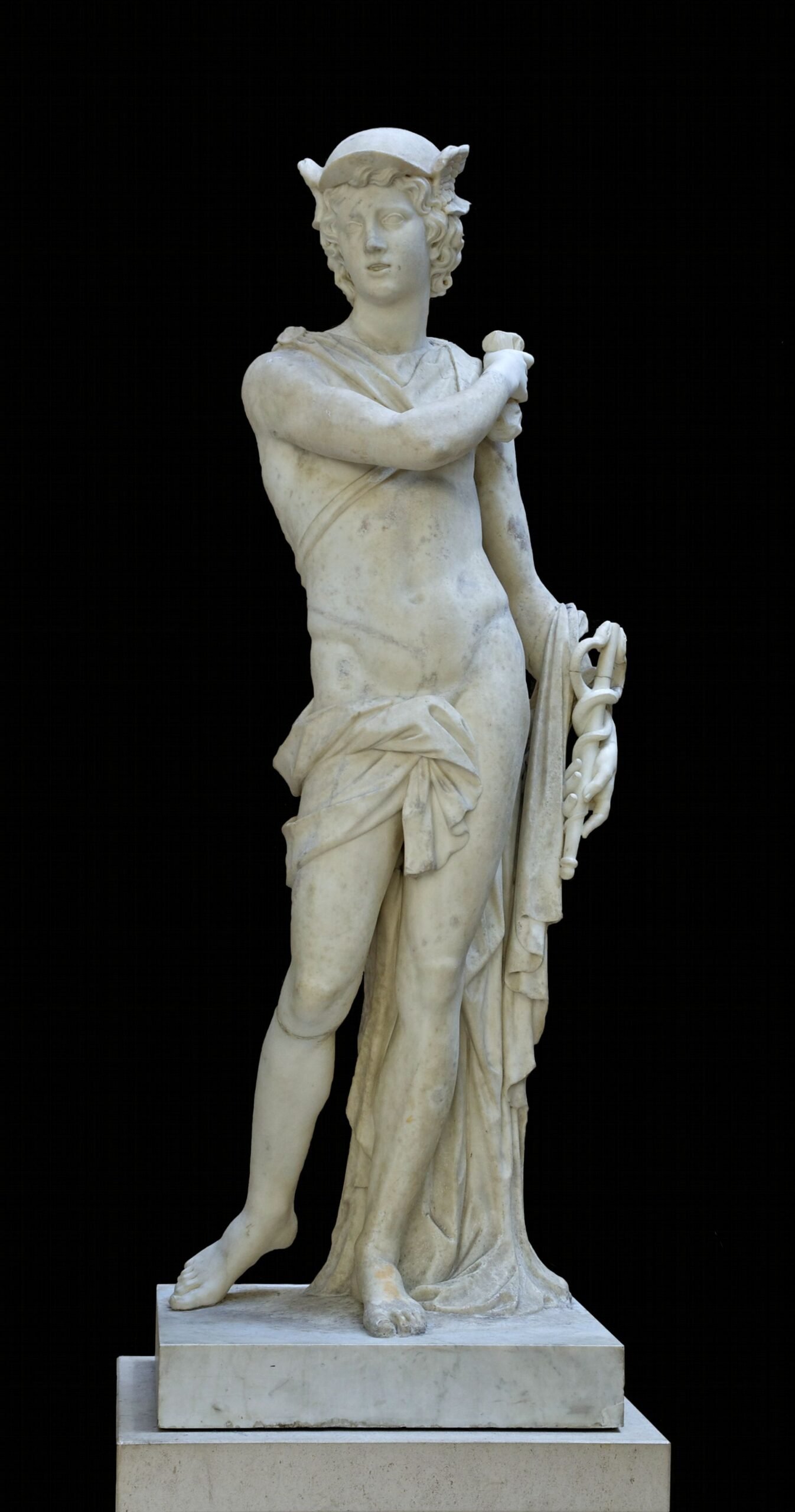The Louvre Museum in Paris houses an extensive collection of ancient Egyptian ceramic art, showcasing the rich history and craftsmanship of one of the world’s oldest civilizations. From intricate faience pieces to beautifully painted pottery, the Louvre’s collection offers visitors a unique glimpse into the artistic and technological achievements of ancient Egypt. This article explores the fascinating world of ancient Egyptian ceramic art at the Louvre Museum, delving into the techniques, artifacts, and visitor experience.
What Are the Key Techniques in Ancient Egyptian Ceramic Art?

Ancient Egyptian ceramic art at the Louvre Museum demonstrates a variety of sophisticated techniques developed over thousands of years. These techniques include:
- Clay Selection:
- Nile clay (brown or red pottery)
-
Marl clay (yellow or white pottery)
-
Forming Methods:
- Hand-building
- Coil building
-
Use of the pottery wheel (introduced in the Old Kingdom)
-
Decoration Techniques:
- Painting with natural pigments
- Incising
- Carving
-
Appliqué
-
Glazing:
- Faience production (self-glazing ceramic)
- Efflorescence glazing
-
Application glazing
-
Firing:
- Kiln firing at high temperatures
The use of the pottery wheel, introduced during the Old Kingdom period, revolutionized ceramic production, allowing for more uniform and complex designs. This technological advancement is well-represented in the Louvre’s collection.
What Are the Most Notable Ancient Egyptian Ceramic Artifacts at the Louvre?

The Louvre Museum boasts an impressive array of ancient Egyptian ceramic artifacts. While an exhaustive list is not available, some of the most notable pieces include:
- Egyptian Lotus Chalice:
- Period: 22nd Dynasty (945-715 BC)
- Material: Siliceous faience
-
Decoration: Hieroglyphs and lotus motifs
-
Cobalt Blue Glaze Vessel:
- Material: Egyptian faience
- Glaze: Vibrant cobalt blue
-
Significance: Demonstrates advanced glazing techniques
-
Pot with Spiral Motif:
- Technique: Hand-painted
- Design: Intricate spiral patterns
-
Importance: Showcases artistic skill of ancient potters
-
Hathor-shaped Jar:
- Date: Circa 1390-1353 BC
- Form: Shaped like the goddess Hathor
- Note: May be part of temporary exhibitions
These artifacts provide valuable insights into the artistic, religious, and daily life aspects of ancient Egyptian civilization.
How Does the Louvre Present Ancient Egyptian Ceramic Art?
The Louvre Museum presents its ancient Egyptian ceramic art collection through a combination of permanent displays and special exhibitions. The presentation includes:
- Chronological Arrangement:
- Artifacts displayed in chronological order
-
Helps visitors understand the evolution of ceramic techniques
-
Thematic Groupings:
- Ceramics grouped by themes (e.g., daily life, religious rituals)
-
Provides context for the artifacts’ use and significance
-
Interactive Displays:
- Touch screens with additional information
-
3D models of certain artifacts
-
Informative Plaques:
- Detailed descriptions in multiple languages
-
Historical context and significance explained
-
Guided Tours:
- Expert-led tours focusing on Egyptian art
- In-depth explanations of ceramic techniques and symbolism
This multi-faceted approach ensures that visitors can fully appreciate the beauty and historical importance of the ancient Egyptian ceramic art on display.
What Are the Visitor Amenities for Exploring Ancient Egyptian Ceramic Art at the Louvre?
The Louvre Museum offers various amenities to enhance the visitor experience when exploring ancient Egyptian ceramic art:
- Accessibility:
- Wheelchair ramps and elevators
- Audio guides for visually impaired visitors
-
Tactile exhibits for select artifacts
-
Information Services:
- Information desks with multilingual staff
- Free Wi-Fi for accessing online resources
-
Mobile app with artifact information and museum maps
-
Guided Tours:
- Specialized tours focusing on Egyptian art
- Available in multiple languages
-
Both group and private tour options
-
Educational Programs:
- Workshops on ancient ceramic techniques
- Lectures by Egyptologists and art historians
-
Children’s activities related to Egyptian art
-
Rest Areas:
- Seating areas near major exhibits
- Cafes and restaurants for refreshments
These amenities ensure that visitors can comfortably and thoroughly explore the ancient Egyptian ceramic art collection at their own pace.
How Can Visitors Best Plan Their Visit to See Ancient Egyptian Ceramic Art at the Louvre?
To make the most of your visit to see ancient Egyptian ceramic art at the Louvre, consider the following tips:
- Advance Planning:
- Book tickets online to avoid long queues
- Check the museum’s website for current exhibitions
-
Download the Louvre app for navigation and information
-
Timing:
- Visit early morning or evening to avoid crowds
- Allow at least 2-3 hours for the Egyptian collection
-
Check for extended hours on certain days
-
Guided Tours:
- Book a specialized Egyptian art tour
-
Consider an audio guide for self-paced exploration
-
Focus Areas:
- Prioritize the Sully Wing for Egyptian artifacts
-
Don’t miss the faience collection in Room 334
-
Photography:
- Check photography rules for each exhibit
- Use appropriate settings for low-light conditions
By following these suggestions, visitors can ensure a rich and rewarding experience exploring the ancient Egyptian ceramic art at the Louvre Museum.
What Recent Discoveries or Research Have Enhanced Our Understanding of Ancient Egyptian Ceramic Art at the Louvre?
Recent research and technological advancements have provided new insights into the Louvre’s ancient Egyptian ceramic art collection:
- Material Analysis:
- X-ray fluorescence spectroscopy reveals clay composition
-
Identifies specific sources of materials used
-
3D Scanning:
- Creates detailed digital models of artifacts
-
Allows for virtual examination and preservation
-
Residue Analysis:
- Identifies contents of ceramic vessels
-
Provides insights into ancient Egyptian diet and trade
-
Restoration Techniques:
- Advanced methods for cleaning and preserving ceramics
-
Reveals previously hidden details and colors
-
Provenance Studies:
- New research on artifact origins and trade routes
- Enhances understanding of cultural exchanges
These advancements continue to shed new light on the ancient Egyptian ceramic art at the Louvre, offering visitors an ever-evolving understanding of this fascinating aspect of ancient culture.
In conclusion, the ancient Egyptian ceramic art collection at the Louvre Museum offers a captivating journey through one of the world’s oldest and most influential civilizations. From the intricate techniques used in creating these artifacts to the latest research enhancing our understanding, the Louvre provides an unparalleled opportunity to explore this rich artistic heritage. Whether you’re a history enthusiast, an art lover, or simply curious about ancient cultures, the Louvre’s collection of ancient Egyptian ceramic art is sure to leave a lasting impression.
References:
1. History for Kids – Egyptian Pottery Facts
2. The Metropolitan Museum of Art – Egyptian Faience: Technology and Production
3. Venice Clay Artists – Egyptian Pottery
4. Louvre Museum Official Website
5. Journal of Archaeological Science – Recent Advances in Egyptian Ceramic Studies

